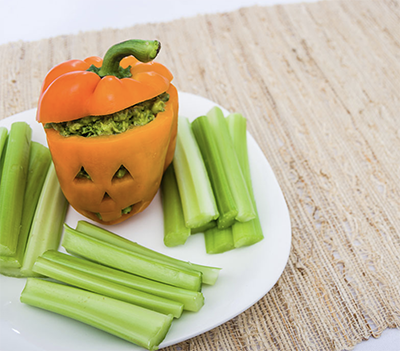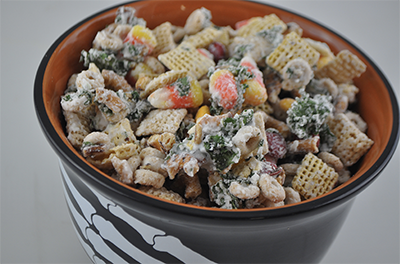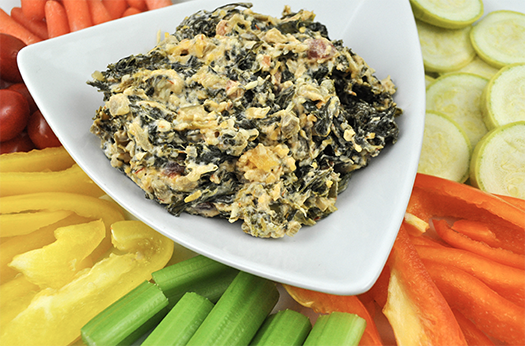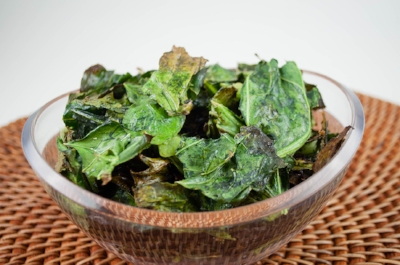If you've been around with us for a while, you know that one of our mottos is, "with kale, you can't fail!" In case you're still wondering why we think kale is absolutely plant-tastic, here are a few things you need to know about this nutrient-rich leafy green to give you a little help using it to entertain and decorate your tablescape this fall.
From a health perspective, kale is HIGH in nutrients— think beta-carotene and other powerful antioxidants, vitamins C and K, and minerals. It is also super low in calories, which makes it one of the most nutrient-dense foods on the planet. In addition, kale helps to lower bad cholesterol levels and protect against cancer, not to mention promoting eye health and aiding weight loss.
This seasonal veggie also comes in different varieties, with leaves that go from green to purple, and shapes that range from smooth to curly. This leafy diversity also reflects in all the delicious ways you can eat it: Yes, you can have kale raw in salads and smoothies, but it can also be consumed blanched, steamed, sautéed, boiled, braised, roasted, or baked in a multitude of creative recipes. It's no wonder the first Wednesday in October has been chosen as National Kale Day, an annual celebration of kale's health benefits and culinary versatility.
Now that you know why kale is pretty much our definition of a superfood, brace yourselves because we’ve got meal prep recommendations to help you get the most of one of our all-time favorite seasonal greens!
Stir it!
We might be biased, but we think everything tastes better with leafy greens! If you need some inspiration to make healthier treats for your next tailgate or Halloween party, it doesn't get much easier than combining ready-to-eat kale with your main recipe ingredients.
Try it with: Jack-O-Guac and Spooktacular Halloween Treats!
Massage it!
As a cruciferous vegetable of the cabbage family, kale is tough and fibrous, which can make it difficult to chew. That's where massaging it might come in handy! By rubbing a little oil or lemon juice on chopped kale leaves for a couple of minutes until they are glossy and tender, you can make them more pleasing to the eye and easier to eat and digest. Bonus: They’ll also get infused with flavor.
Try it with: Hallows' Eve Kale Bites
Layer it!
We eat with our eyes too, and we get it — kale doesn't always meet everyone's eye candy standards. In addition to massaging its leaves, we recommend combining them with some of your favorite fruits to help spice things up. We don't know about you, but we'll be indulging our palate with lots of apples, pomegranates, figs, plums, grapes, pears, pineapples, cherries, and bananas this month.
Try it with: Kale Cottage Cheese Crunch!
Bake it!
It's an understatement to say that baked kale chips are a staple for us during the cooler months of the year, but you can also get creative and incorporate it into more complex baked recipes, including pies. Set the oven at a minimum of 340°F, and let the baking fun begin!
Try it with: Kale Boo Bars!
Microwave it!
If you struggle with finding the time and energy to put into your homemade meals and end up with your greens going bad, microwaving them might do the trick.
Try it with: Tricky Kale Cake
From a kale lover to another, we hope you find some time to relax in the kitchen and celebrate the good times as you channel your spooky side and create these fun and tasty kale recipes for Halloween and beyond. Be sure to share your creations with us on Facebook and Instagram, and follow us on Pinterest for all the extra cooking motivation you need to make spooktacular treats for yourself and your loved ones this month!









































































